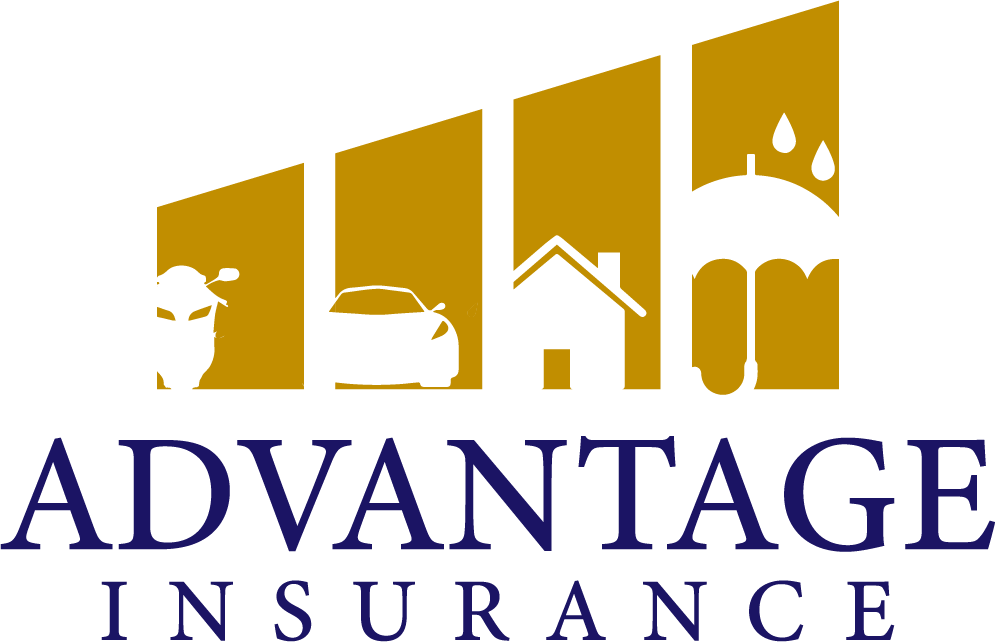Tampa Commercial Auto Insurance
Local Snapshot: What Shapes Tampa Commercial Auto Insurance Rates
| Factor | Tampa Insight | Why It Matters |
|---|---|---|
| Corridor congestion | I‑275, I‑4, I‑75, Veterans & Selmon carry commuter and freight traffic; merges near Downtown/Westshore elevate crash risk. | Higher frequency/severity pushes BI/PD and physical damage pricing. |
| Port activity | Port Tampa Bay is a major cargo hub (petroleum, containers, bulk). About the Port | More exposure hours for light/medium trucks; contract COI limits trend higher. |
| Crash statistics | State reporting shows high statewide crash totals each year; see the FLHSMV Crash Facts 2023 (PDF). | Supports carrying robust UM and umbrella limits for fleet drivers. |
| Storms & flooding | Summer downpours and bay surge; local climate normals via NWS Tampa Bay. | Comprehensive covers water/debris/glass; rental reimbursement minimizes downtime. |
| Compliance & filings | Eligibility/CDL/medical cards & enforcement: FLHSMV CDL · FHP CVE · USDOT | Impacts driver eligibility, filings, limits, and insurability. |
Risk Profile for Tampa Commercial Auto Insurance
1) High‑Density Corridors & Interchanges
I‑275 through Downtown and Westshore, the I‑4 interchange near Ybor/Channelside, and Veterans/Selmon expressways create frequent lane changes and merge conflicts. Choose collision deductibles your cash flow can support and add Rental Reimbursement so crews keep rolling after a loss.
2) Hired & Non‑Owned Auto (HNOA)
If employees use personal vehicles for bank runs, customer visits, or parts pickup, your business inherits liability. HNOA extends liability protection—even for firms without titled company autos—making it core for professional offices, retailers, trades, and medical practices across Tampa.
3) Weather, Flooded Roads & Glass
Cloudbursts and king tides can flood intersections near Bayshore, Downtown riverfront, and low‑lying arterials. Comprehensive covers water damage, debris impact, theft, and glass; many fleets select zero‑deductible glass (where offered) for quicker windshield replacements.
4) Cargo, Tools & Upfits
Contractor vans and med‑tech reps haul gear not fully covered by auto. Add Inland Marine (tools & equipment), schedule custom equipment (racks, lifts, signage), and consider Motor Truck Cargo for goods in transit—especially if you service port facilities or cold‑chain customers.
5) Driver Qualifications & Safety
Verify MVRs on hire and annually, enforce cellphone policies, and document CDL/medical card compliance where required. Reference FHP CVE, FLHSMV CDL, and FMCSA CDL to keep documentation current.
2025 Pricing Drivers for Tampa Commercial Auto Insurance
- Driver MVR & Loss History: At‑faults, speeding, and distracted‑driving violations drive surcharges; coaching/telematics helps.
- Radius & Route Mix: Westshore–Port–I‑4 corridors raise exposure hours; longer runs cost more than neighborhood routes.
- Vehicle Class & Upfits: Higher GVW, refrigeration, and ladder racks change eligibility and repair cost assumptions.
- Garaging & Security: Gated/monitored lots near Westshore, East Tampa industrial, and airport zones reduce theft/vandalism risk.
- Telematics & Cameras: Score‑based programs and dashcams can unlock credits and improve claim outcomes.
Coverage Recommendations for Tampa Fleets
- Auto Liability & Umbrella: Many Tampa contracts expect at least $1M CSL; layer a $1–$5M umbrella over Auto/GL/Employers’ Liability for port or hospital work.
- UM/UIM: Florida’s uninsured‑motorist landscape makes UM a priority on Tampa Commercial Auto Insurance to protect drivers and passengers.
- Physical Damage (Comprehensive/Collision): Match deductibles to cash reserves and add custom equipment coverage for racks, graphics, and permanently attached tools.
- Hired & Non‑Owned Auto: Extend liability to employee vehicles and rentals; add Hired Auto Physical Damage if you rent frequently.
- Inland Marine / Cargo: Insure tools and transported goods not covered by auto; consider Reefer Breakdown for cold‑chain operations.
- Rental Reimbursement & Towing: Maintain operations during repairs—crucial with parts backlogs and busy Tampa shops.
Statewide definitions, filings, and best practices: Florida Commercial Auto Insurance Guide.
Local Savings Levers Most Tampa Fleets Miss
- Telematics + Dashcams: Combine coaching with forward‑facing cameras to earn credits and speed claims defense on I‑275/I‑4 events.
- Driver Policy & Training: Written no‑phone policy, periodic MVR checks, and quarterly toolbox talks improve underwriting results.
- Bundle & Deductibles: Package Auto with Property/GL/WC and calibrate deductibles to reserves for net savings.
- Garaging & Anti‑Theft: Secure lots near Westshore/airport/port; use immobilizers, OEM anti‑theft, and key‑control procedures.
- Schedule Hygiene: Keep driver/vehicle rosters current (adds/deletes) to avoid audit friction and coverage gaps.
Explore More Tampa Coverage Options
- Tampa Insurance (Overview)
- Tampa Home Insurance
- Tampa Auto Insurance
- Tampa Flood Insurance
- Tampa Condo Insurance
- Tampa Business Insurance
Statewide learning hubs:
Map: Advantage Insurance — Serving Tampa
We actively support fleets in Downtown/Water Street, Westshore, Airport/International Plaza, East Tampa industrial, Ybor, New Tampa, and South Tampa—areas where standard coverage (not state minimums) is common.
Tampa Commercial Auto Insurance FAQs
What liability limits do Tampa fleets typically carry?
Many local fleets choose at least $1M CSL and add a $1–$5M umbrella, particularly when serving hospitals, corporate campuses, or port contracts.
Do we really need UM on Tampa Commercial Auto Insurance?
Yes. Given Florida’s uninsured‑motorist landscape and corridor severity, UM helps protect drivers and passengers when an at‑fault driver has low or no limits.
What is Hired & Non‑Owned Auto (HNOA)?
HNOA covers your liability when employees use personal or rented vehicles for work. Add Hired Auto Physical Damage if rentals are frequent.
Do trailers and upfits need special coverage?
Yes. Trailers often require scheduling; racks/wraps and permanently attached equipment should be listed as custom equipment or on Inland Marine.
Where can I find official rules for Florida commercial vehicles?
See FLHSMV CDL, FHP CVE, and FMCSA guidance for USDOT numbers and CDL requirements.
Get a Tampa‑Smart Fleet Review
Advantage Insurance compares carriers for Tampa Commercial Auto Insurance, configures HNOA/UM/umbrella limits, and pairs telematics with credits to reduce total cost of risk—plus quick certificates and responsive claims support.
